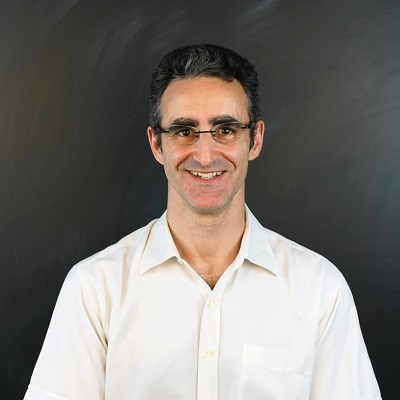International trade
Enseignant
CORCOS Gregory
Département : Economics
Crédits ECTS :
4
Heures de cours :
18
Heures de TD :
6
Langue :
Anglais
Modalité d'examen :
écrit
Objectif
This course gives a detailed overview of both the traditional and the most recent theories of international trade. Its purpose is to provide the students with a “toolbox” that can later be used to treat various questions related to the determinants of international trade flows. While the emphasis is on the theoretical aspects of the field, we will systematically discuss how the main predictions of the studied models fit the data. For each workhorse model, we will try to provide a number of references which use that particular framework to ask more applied questions.
Evaluation and expected learning outcomes
Final exam (100%). The exam will be composed of a short essay question and a problem.
Sample exams with solutions are downloadable from Pamplemousse.
At the end of this course we expect students to be able to:
- work out the analytics of the basic HOS, EK and Melitz models of international trade
- explain to what extent the theoretical models are consistent with empirical findings, and how they can be used to interpret the results of gravity equations
- discuss how the models shed light on the determinants of trade patterns and gains from trade
- solve a problem based on a simple extension of one of the models seen in class
Plan
Outline
The 8 three-hour lectures will be organized as follows:
Oct 5, 2022
1. Stylized facts. The Ricardo model. Dornbusch Fischer Samuelson (1977)
Feenstra, chap.1
Oct 12, 2022
2. The Heckscher-Ohlin-Samuelson model
Feenstra, chaps. 2-3
Oct 26, 2022
3. The Eaton and Kortum (2002) model
Online Appendix
Nov 2, 2022
4. Tutorial session 1: HOS/HOV and Eaton-Kortum (part 1/2)
Nov 9, 2022
5. Imperfect competition and trade in differentiated varieties: From Krugman (1980) to Melitz (2003) and extensions
Handbook, chap. 1
Nov 16, 2022
6. Tutorial session 2: Eaton-Kortum (part 2/2) and Krugman/Melitz
Nov 23, 2022
7. Gravity equations: theory (Anderson van Wincoop 2003) and estimation.
Handbook, chap. 3
Nov 30, 2022
8. Quantifying gains from trade: gravity-based models (Costinot Rodriguez 2014), natural experiments.
Handbook, chap. 3
Références
References
The course will rely on the two following textbooks. Some chapters will rely on articles or supplementary material, which will be posted on Pamplemousse.
Feenstra: Robert C. Feenstra (2003), Advanced International Trade: Theory and Evidence, Princeton University Press, ISBN: 9780691114101
Handbook: Handbook of International Economics, Volume 4, Pages 1-740 (2014), Edited by Gita Gopinath, Elhanan Helpman and Kenneth Rogoff, North-Holland, ISBN: 978-0-444-54314-1










